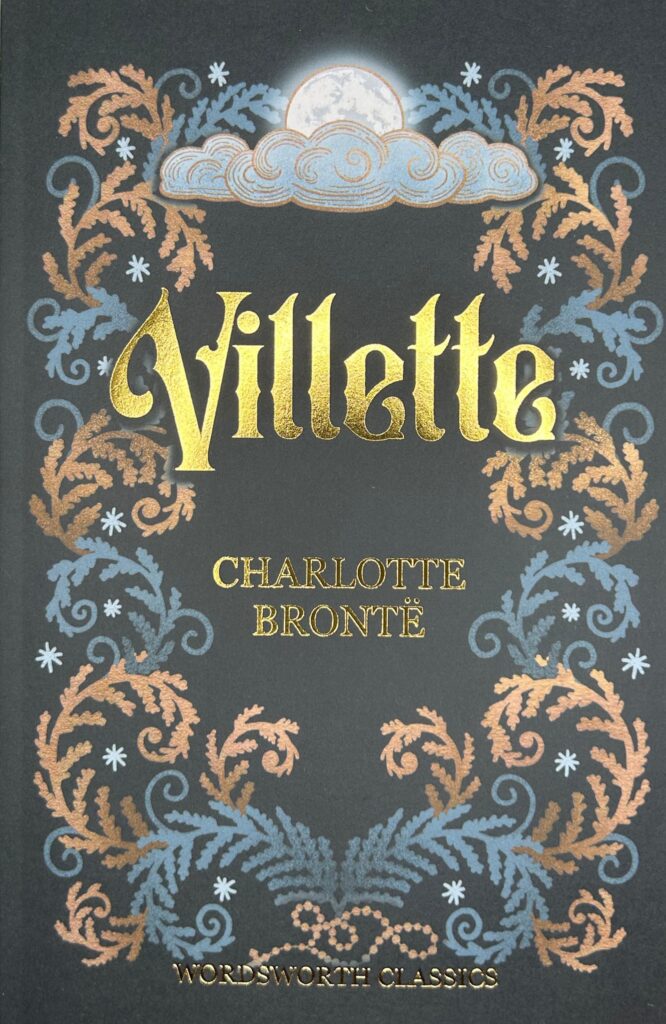
Charlotte Brontë turns 200
The 21st of April 2016 marks 200 years since the birth of Charlotte Brontë. Sally Minogue revisits Haworth and reflects on the life and work of the author.
Today Charlotte Brontë’s birthday will be celebrated in the Haworth schoolroom which her father Patrick Brontë had built to better the lives of his parishioners’ children. Charlotte taught there, and when she finally married her father’s curate, Arthur Bell Nicholls, their wedding reception was held there. So it is a fitting place to remember her birth, which in its time must have seemed, as any baby’s, deeply significant and joyful, but not holding any special promise of the kind which she eventually fulfilled.
I have known Haworth since I was a child, and I most recently revisited it a couple of weeks ago with my sister and her husband, in honour of Charlotte’s bicentenary; for Yorkshire people, the Brontës have always been a cause of pride and Haworth a place of pilgrimage. Yet it is also a resolutely gloomy place. It is somehow removed from the beauty of the rest of the Yorkshire countryside, resplendent in this Spring season with daffodils washing the verges of every road and streams bubbling ferociously; the trees and hedges that delineate the verdant fields have a scrubby charm, that of working farmland. Haworth by contrast abuts the industrialised rurality of Victorian mill life, and if it has any beauty, it is that of a dark bleak moorland which oppresses rather than liberates. The village in the nineteenth century had all the disastrous elements of bad sanitation, poor nutrition and cheek-by-jowl living that could be found in Manchester and Leeds, but without the few attendant advantages of urban life. In the Brontës’ time, 40% of the children born there were dead before the age of 6.
Charlotte was not born at Haworth, but her formative years were spent there, and it was the centre of her writing life. The wildness of the moors so close by, and the dominant power of the elements, enter her work far less than they do in Emily Brontë’s Wuthering Heights. In Charlotte’s work, they are transmuted into the elements of mind and heart; the isolation of the moors is internalised to express the loneliness of the human spirit, and the heart outsoaring the bounds of the cultivated world. But it is important to remember that Charlotte did enter the world of society, and the world beyond the shores of England. Her adventure to Brussels undoubtedly had as much influence on her creative imagination as the pent-up circumstance of the Parsonage. It provided the deep subject of her fiction, through her unrequited love for M. Heger, but it also gave her an all-important place of strangeness from which to view home. London, too, was a powerful counterpoint to Haworth. Much as Charlotte lamented the demands made on her by London society as the author of Jane Eyre, she must surely have relished the fact that she was the author of Jane Eyre. Writing, the thing that mattered most to her, Anne, and Emily in their youth and hope, was now fully recognised in the acclaim for their publications. And London also gave further fuel for her writing imagination; when she travelled there to reveal herself to her publisher George Smith as the author of Jane Eyre, he introduced her to London society and encouraged her to make several further visits. In recent accounts of that relationship, she is depicted as over-reading his business acumen for affection, while he is shown as deliberately leading her on to keep his prize author happy. Such accounts ignore the fact that her principal and lengthy communications with her publisher were with the original reader of her manuscript of Jane Eyre, William Smith Williams, the senior partner of the company. Whatever her feelings about the young publisher George Smith who fostered her talent and fêted her in London society, she turned it into a good fictional account, as she did her much more deeply distressing experiences in Brussels. Brontë certainly suffered much, especially in feeling much more deeply about others than they felt about her; but she also had the authentic sliver of ice at her writer’s heart.
Today, on her birthday, that is something to be celebrated. Charlotte Brontë gave us fiction of the first importance. Jane Eyre (1847) will always be her most notable contribution to English fiction. It continues to captivate as it did on its first appearance and it will come alive in constant re-interpretations to a fresh, constantly renewing audience. The lesser known Villette (1853) is the greater novel; here Brontë found her creative apotheosis, transforming all that she had experienced into a work of unrivalled narrative and emotional complexity. Its forerunner, The Professor (1846, published 1857), shows us how a lesser work can mature into a greater one. Shirley (1849) addresses the hard social and economic realities of industrialised Yorkshire, drawing on the world in which Brontë herself grew up, but as ever depicting within that the deeper harshnesses that can afflict the human heart – especially the female heart. In Tracy Chevalier’s ‘Charlotte Great and Small’, the modest show dedicated to Charlotte’s bicentenary at the Brontë Parsonage Museum, the most striking exhibit is one of Charlotte’s letters to M. Heger, loaned from the British Library. Not much is made of this document in the exhibition, but it speaks to Charlotte’s own suffering in writing to Heger, begging for a few crumbs of comfort to satisfy her deep hunger. Heger didn’t reply, and tore the letter up, in what seems an unfeeling act; that we have it still, to see, to make sense of, is due to his wife, Mme. Heger, who for reasons of her own, perhaps to do with jealousy, or to ascertain what he had cast aside, sewed the pieces together again. A painful document.
But today, let’s think rather of Charlotte coming out of church on her wedding day, looking, according to contemporary accounts, like a snowdrop in her flower-bedecked wedding bonnet, crossing over to the schoolroom to celebrate a moment of personal happiness. At that moment she won’t have forgotten that she was also a celebrated author. Briefly, the writing life and the personal life came together. Virginia Woolf, visiting Haworth in 1904 (only fifty years after Charlotte’s death), comments with her usual acumen on that coming together:
The most touching case … is that which contains the personal relics of this dead woman. The natural fate of such things is to die before the body that wore them, and because these, trifling and transient though they are, have survived, Charlotte Brontë the woman comes to life, and one forgets the chiefly memorable fact that she was a great writer. Her shoes and her thin muslin dress have outlived her.
This commentary on her visit to the Parsonage Museum was Woolf’s first piece of writing accepted for publication. The incipient novelist Woolf reaches out to her acknowledged predecessor, but poignantly it is the woman she responds to rather than the writer – though she does note that ‘the chiefly memorable fact’ about her is that she was a great writer. Implicit in that is the understanding that we wouldn’t be poring over glass cases full of Charlotte’s bits and pieces otherwise. Visiting Haworth, with its personal relics, including the wedding stockings embroidered by Charlotte’s own hand with a green fern to signify her husband’s Irish roots, cannot but make one sad for the woman who lost her future happiness just at the moment that it was beckoning. Not only children lay ahead, but how many more novels? But the overriding sense is of a creative imagination so powerful that it burst the bounds of an essentially bourgeois home, set in a socially deprived village, within extensive remote moorland, in a Northern county far removed from the metropolis. Brontë’s personal relics have indeed outlived her, and Woolf is right in noting the way their delicacy and frailty lead us to apprehend their owner’s death. But her novels have also outlived her, and there is no regret or sense of frailty there. The woman has gone; the books are her solid legacy.
Books associated with this article
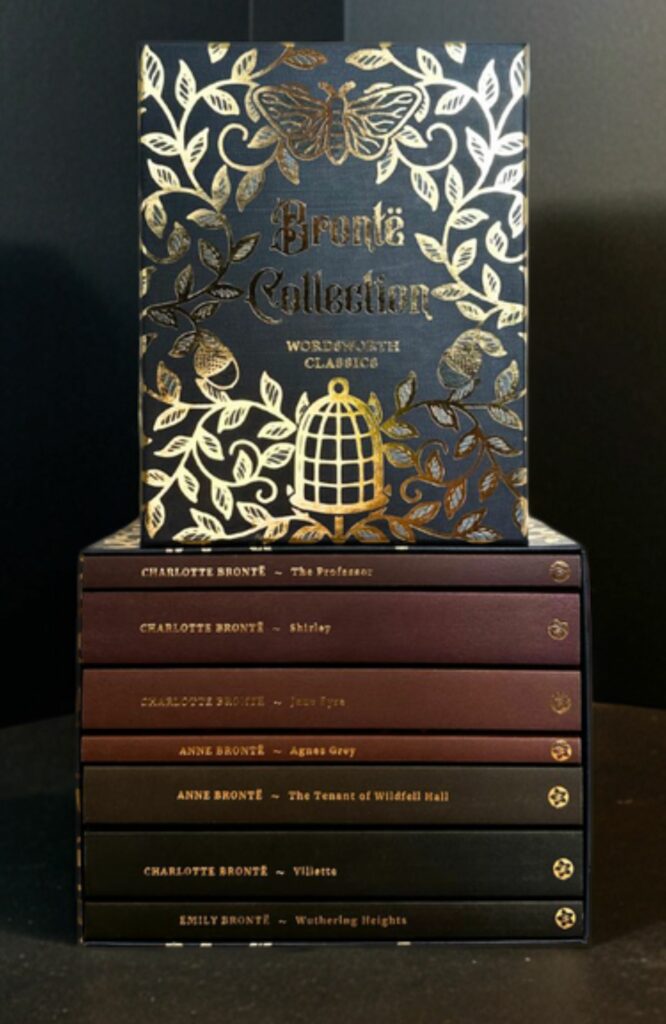
The Complete Brontë Collection
Anne BrontëCharlotte BrontëEmily Brontë
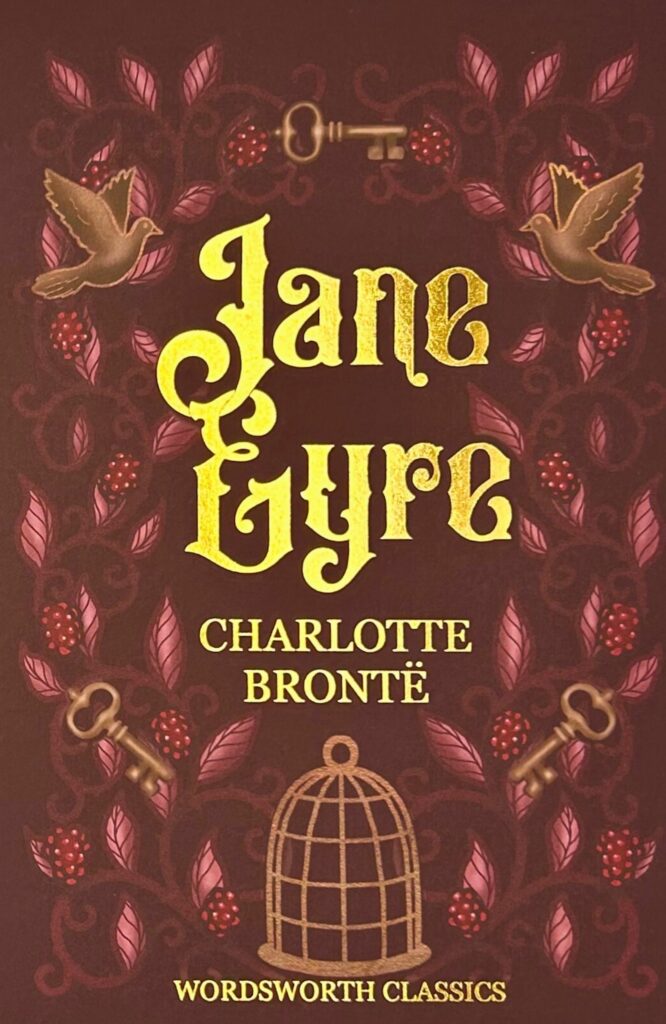
Jane Eyre
Charlotte Brontë
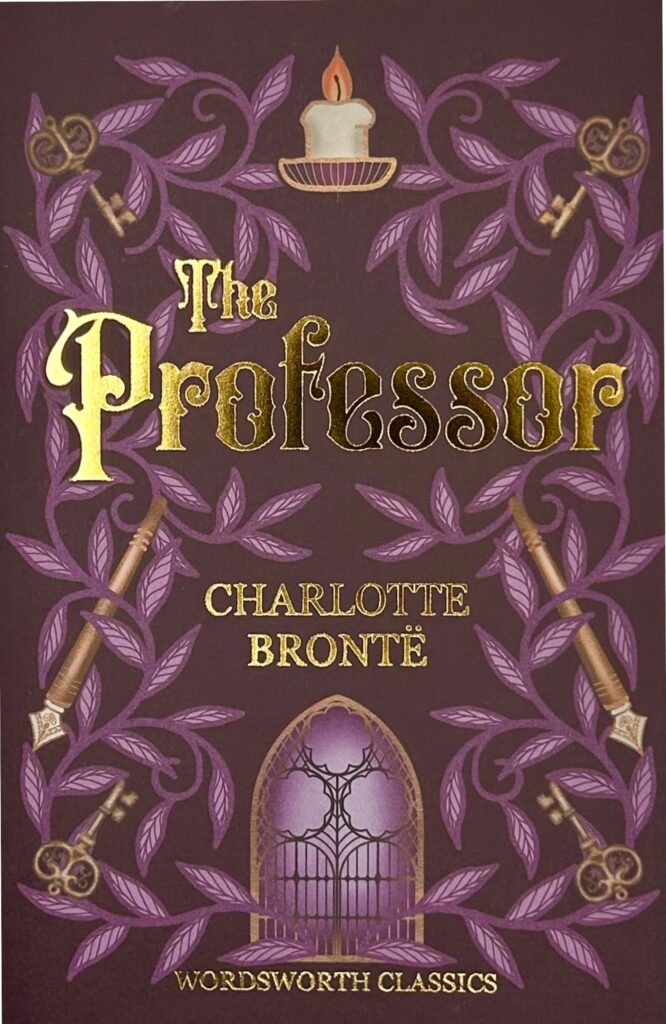
The Professor
Charlotte Brontë
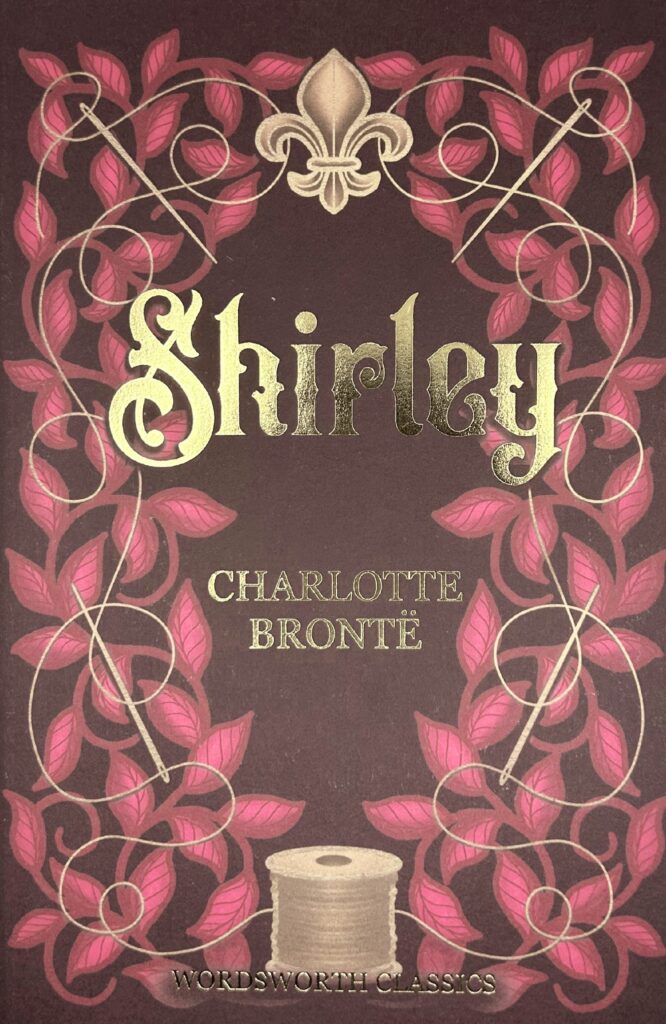
Shirley
Charlotte Brontë
